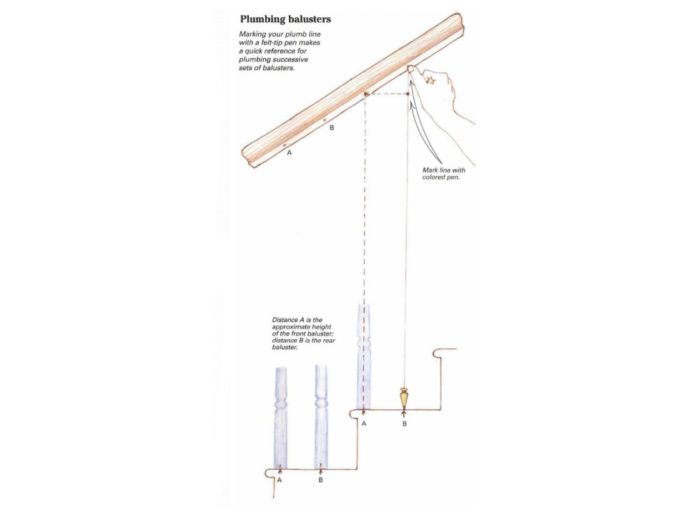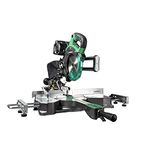A Veteran Stairbuilder’s Tools and Tips
Modified tools and custom jigs expedite staircase assembly.

Synopsis: A compilation of eight stair-building tips from a specialist in the field. He covers shop-built jigs and tools as well as technique to make staircase assembly faster and more trouble-free.
If you’ve ever poked around in an old toolbox, you’re likely to have pulled out some strange looking gizmo that, even after careful scrutiny, confounded all by its presence. Such tools typically elicit the comment “I wonder what they used that for?” As a woodworker who specialized in stair building, I made plenty of special tools and jigs that’ll probably end up as curiosity-provoking what’s-its. These tools and jigs made my job easier, and, as someone once told me, it’s not doing hard work that makes one a master, it’s making hard work easier. So let’s take a look at a stair builder’s gizmos and at some techniques that should help you do a few things in your work: reduce effort, increase productivity, elevate your degree of accuracy and, ultimately, increase your profit.
The worst thing in the entire world that can befall a stair man is to hear his just-installed treads squeak. The second-worst thing is to have the spindles rattle. Children love it; they never seem to tire of running up and down the balustrade with an arm extended, slapping the spindles to produce a staccato to which their youthful nervous systems seem immune.
For spindles not to rattle, they have to fit perfectly in their holes. To make a perfect fit, I modify common spade bits. It’s easy to grind down the bits by 1/32 in. (or 1/64 in. on each side). So, for example, instead of jumping from 5/8 in. to 11/16 in., you’ll have a bit that’s 21/32 in.
Another hint: Because the newly modified bits will have their former sizes stamped on them, it’s important to paint new numbers on the sides of each bit. Once, a carpenter who was setting a balustrade went into my toolbox without my knowledge and bored 35 holes with what he thought was a 3/4 in. bit.
Another thing about spade bits: When boring at an angle, say, into an oak handrail, a spade bit’s 90° corners tend to tear out chunks of wood as they start a hole. Grinding off the bit’s corners makes a clean cut by producing a scraping action as the bit spins into wood. I grind a long lead on some bits to make them useful for grinding holes in steep handrails. The long lead establishes the bit in its hole before the shoulder engages wood.
For more drawings and details, click the View PDF button below:
Fine Homebuilding Recommended Products
Fine Homebuilding receives a commission for items purchased through links on this site, including Amazon Associates and other affiliate advertising programs.

Cadex 18-Gauge Brad Nailer (CB18.50)

Metabo HPT Compact Cordless Miter Saw (C3607DRAQ4)

Heat-Shrink Tubing


























